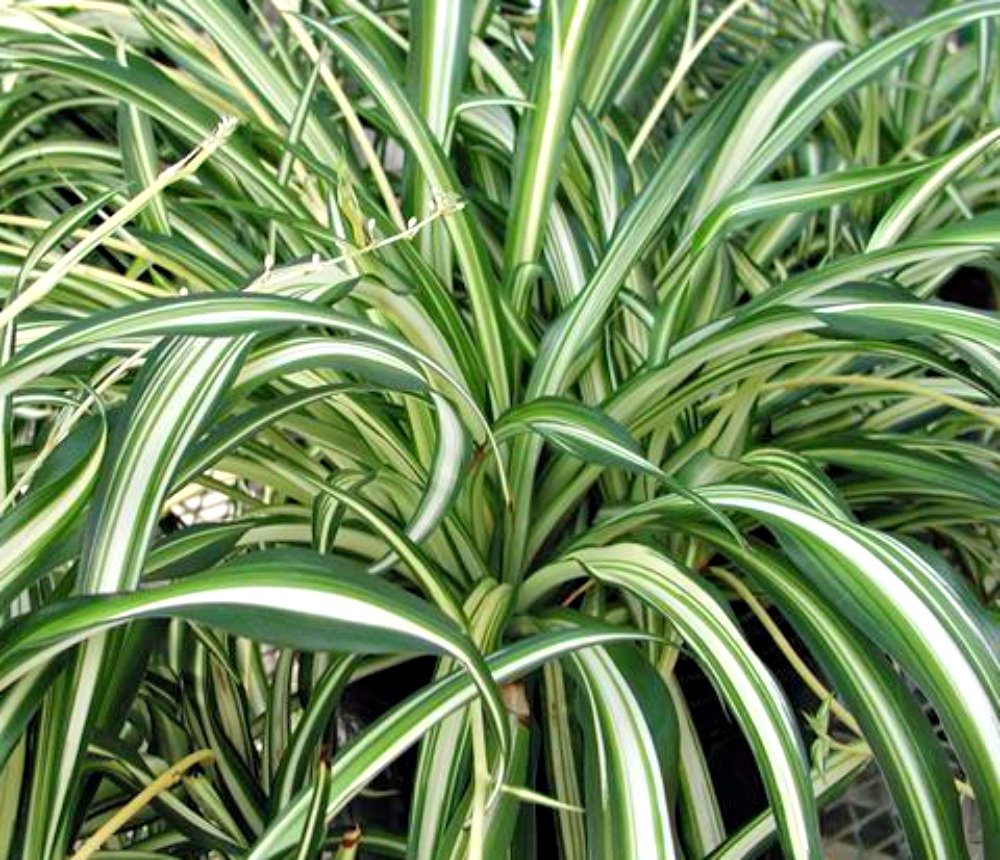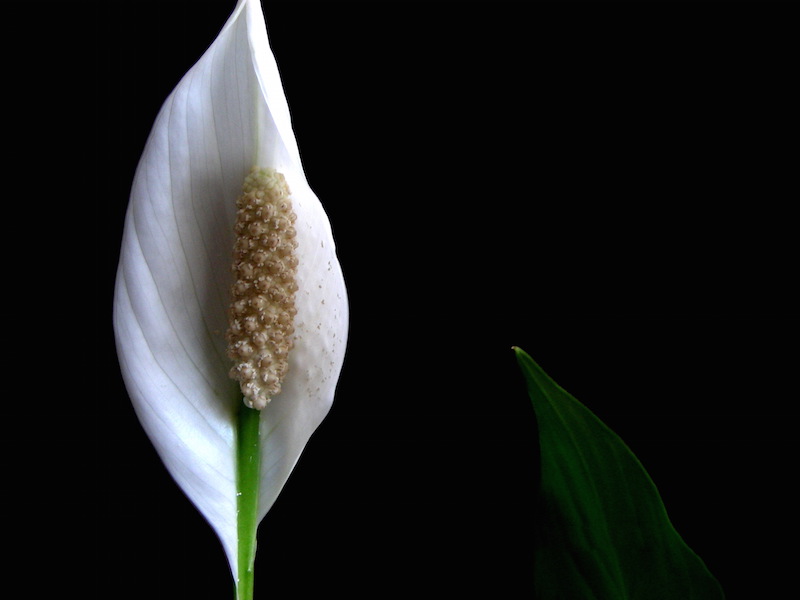In the lead up to our Mandarin Month mixer on June 24, where you'll be able to meet with Beijing's best Mandarin schools, we'll be dishing out some language-learning advice on a daily basis. Read on if you don't want to wait to get started on improving your 中文. Mandarin Month is sponsored by Sanfine International Hospital.
According to SFGate, there are two ways in which plants can clean indoor air: they can either absorb pollutants into their leaves and transmit the toxins to their roots, where they’re transformed into a food source for the plant, or by emitting water vapor that creates a pumping action, pulling dirty air down to the plant's roots.
READ: Get Your Summer Flower Fix Delivered to Your Door With These Online Florists
Below we list which commonly available plants in Beijing (try Liangma Flower Market, online sellers, as well as side-of-the-road flora stores) that are most efficient at taking pesky toxins out of the air.

Peace Lily 白掌 bái zhǎng (also pictured at top)
The peace lily is a compact plant that is also, conveniently, pretty easy to look after. It prefers indirect sunlight (and unfortunately high humidity, which isn't always easy to supply in Beijing), and to be kept out of the draft. To allow it to grow to its full potential, it should be watered thoroughly, then left to mostly dry out before watering again. This plant is best at removing the three most common volatile organic compounds (VOC); formaldehyde, benzene, and trichloroethylene.

Philodendron 喜林芋 xǐ lín yù
Another sturdy plant (AKA great for those who aren't always watering their greens), philodendrons prefer a little more light than the peace lily, but still no direct sunlight. They can also survive in situations with less light. When indoors, keeping them free of dust ensures they are cleaning the air to the best of their ability. You can also try the heart leaf philodendron if you can find it. Note that neither of these two is safe for children or pets.

Dracaena Janet Craig 龙血树 lóng xuè shù
The dracaena deremensis, native to Africa and also known as the Dracaena Janet Craig, is one of the most popular of the dracaena plants to have indoors. It needs to be kept moist evenly (but requires very little water), and misted frequently with warm water. This plant thrives on neglect and has the ability to filter toxins from the air. These plants are considered a little poisonous to dogs and cats, so beware if you have furry friends at home.

Aloe Vera 芦荟 lú huì
This plant is good for two things: firstly, it helps clear formaldehyde and benzene from the air, a byproduct of chemical-based cleaners and paints, and secondly, its gel can soothe cuts, burns, and irritated skin. You can buy very small aloe vera if you don't have enough space for a bigger plant.

Spider Plant 吊兰 diào lán
The spider plant is resilient (another one you can't kill, guys!) and battles benzene, formaldehyde, and, more importantly for us Beijingers, carbon monoxide. This is also a safe plant to have if you've got pets at home. Spider plants prefer bright indirect sunlight, dry soil, and cool-to-average temperatures.

Snake Plant 虎皮兰 hǔ pí lán
The snake plant is also known as mother-in-law's tongue, and it absorbs carbon dioxide. Having one of these in your bedroom gives you a little oxygen boost in your sleep as snake plant's are different in the sense that they also release oxygen at night.
Keep on track with your studies with all of our 2017 Mandarin Month content here, and don't forget to register for our June 24 mixer here.
If you are interested in becoming a sponsor of 2017 Mandarin Month or an exhibitor at our Mandarin Month Mixer on June 24, please call 5941 0368 or email sales@truerun.com. For media partnership opportunities, please call 5941 5379 or email marketing@truerun.com.
More stories by this author here.
Email: margauxschreurs@truerun.com
Instagram: s.xuagram
Images: Wikimedia, galleryhip.com, oglesbytc.com, mypassiongreen.com, sain-et-naturel.com, fairviewgardencenter.com, gardeningknowhow.com
